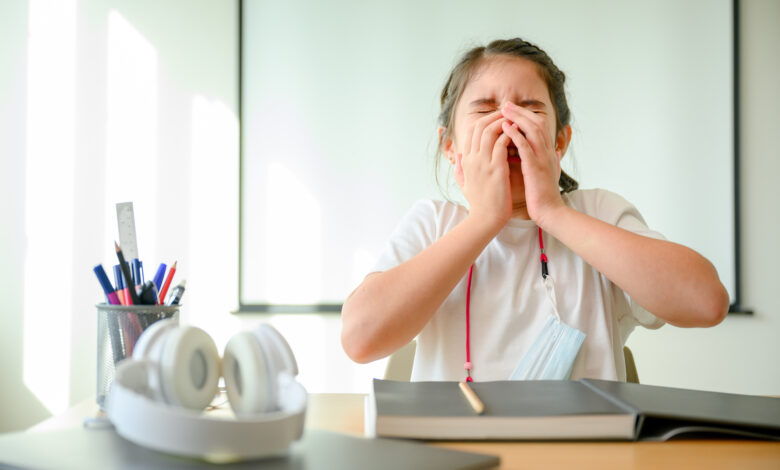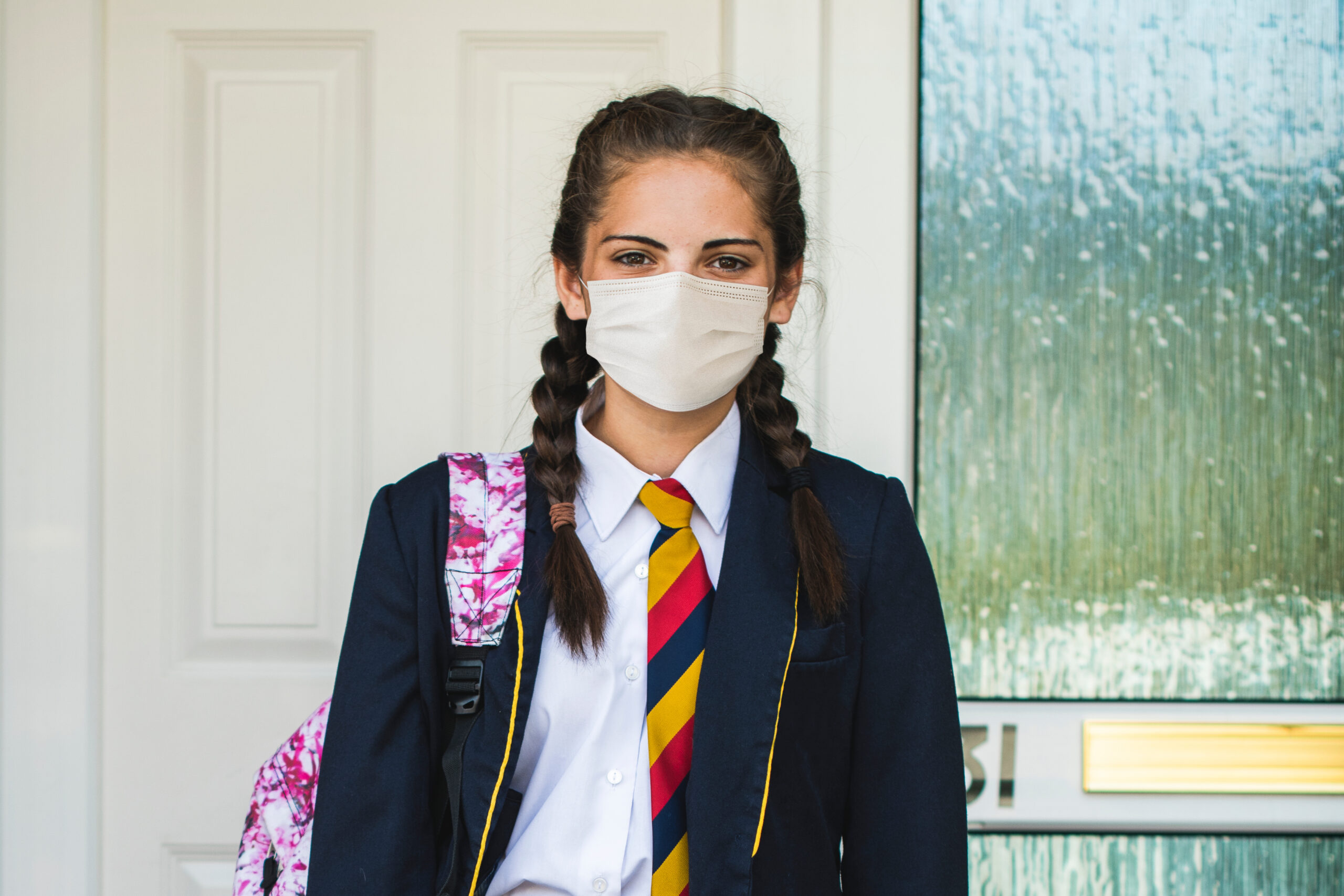Illness on the rise again this winter
With absence data regularly making headlines and another hard winter around the corner, how can your kura battle this season’s sicknesses?

New data from Te Whatu Ora shows that in the first few weeks of Term 2, reported COVID-19 cases among children 5 to 14 more than doubled.
This number was much higher than correlating data for other age groups in New Zealand, though this may be unsurprising news for long-time teachers. Winter is typically a time of higher illness, and with many children in close quarters and ventilation lower than usual to keep out the wind, rain and chill, schools can become places where illness is passed around.
Read the Term 2 edition of School News HERE
Additionally, because COVID can often be mild or asymptomatic in children, there’s an increased likelihood that children may come to school even when infected.
Now, there’s also more evidence to show that although COVID-19 has been characterised as a mild illness in children, the effects of long-COVID and for immunity impaired children can be serious. School transmission can also have wider reaching community consequences, especially for multigenerational households. As the education industry recovers from the first few years of the pandemic, it’s imperative that subsequent waves of illness don’t continue to disrupt learning.

Luckily, although cases are rising, they’re rising from a very low base level. This is because many children would have been infected in the last wave of COVID, meaning they will have residual immunity. However, experts say that although reported cases are rising, that’s likely to be an undercount given the asymptomatic nature of infection in some cases. The uptake of vaccines and boosters among children are also lower than for other age groups.
However, in-school transmission can and should be minimised, both for COVID-19 and other airborne illnesses this winter season.
Firstly, improving ventilation should be a priority this season. If doors and windows can’t be left open, air-purifiers or robust ventilation systems should be investigated as options.
Flu vaccinations and COVID-19 boosters should be encouraged for all eligible staff and students.
School policies should be revised to encourage people to stay home when sick. This should include a consideration of how sick staff and students can be supported in their learning and work through these periods of absences. Modelling shows that when students and staff are encouraged to stay home, disruptions are minimised as outbreaks are contained.









